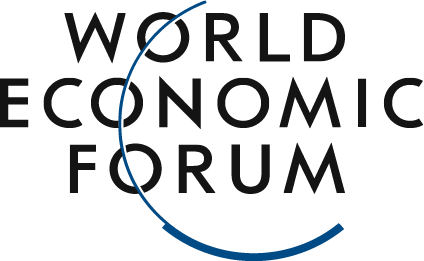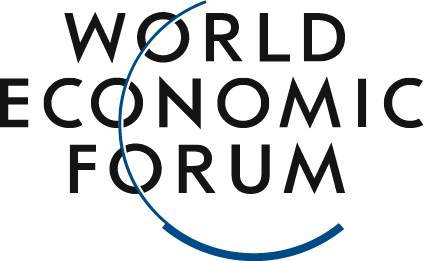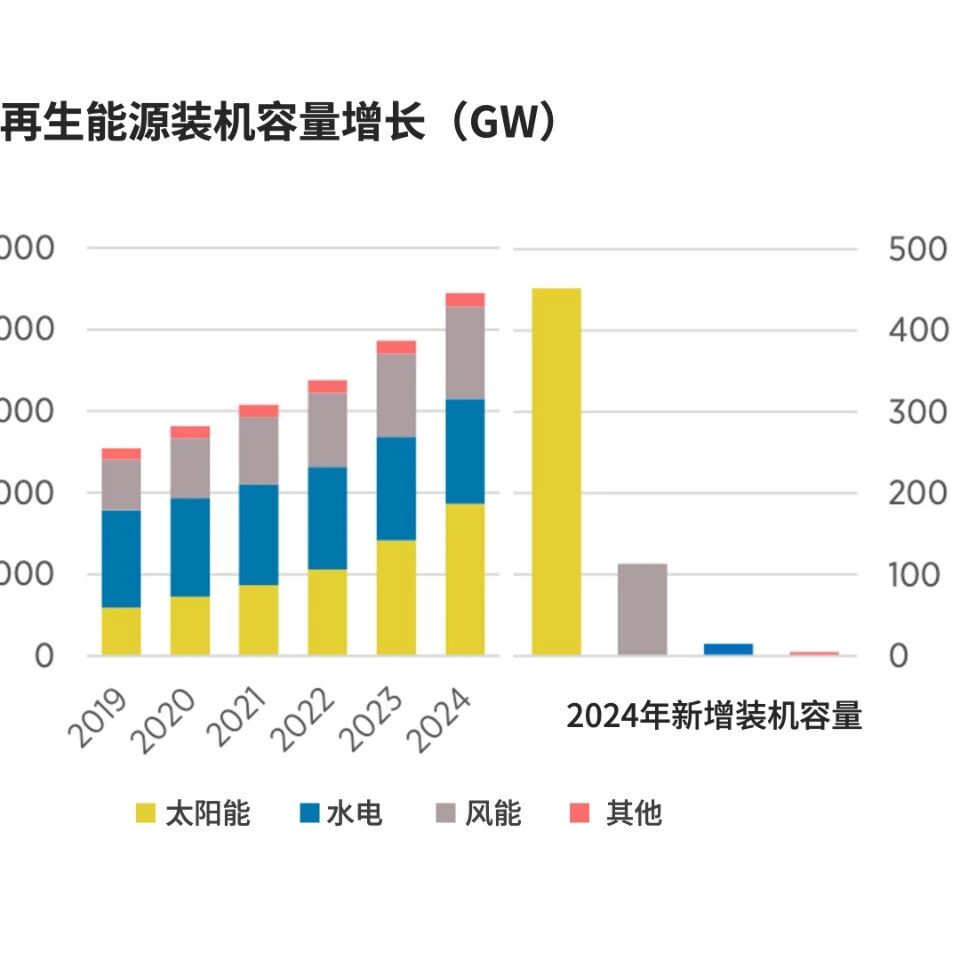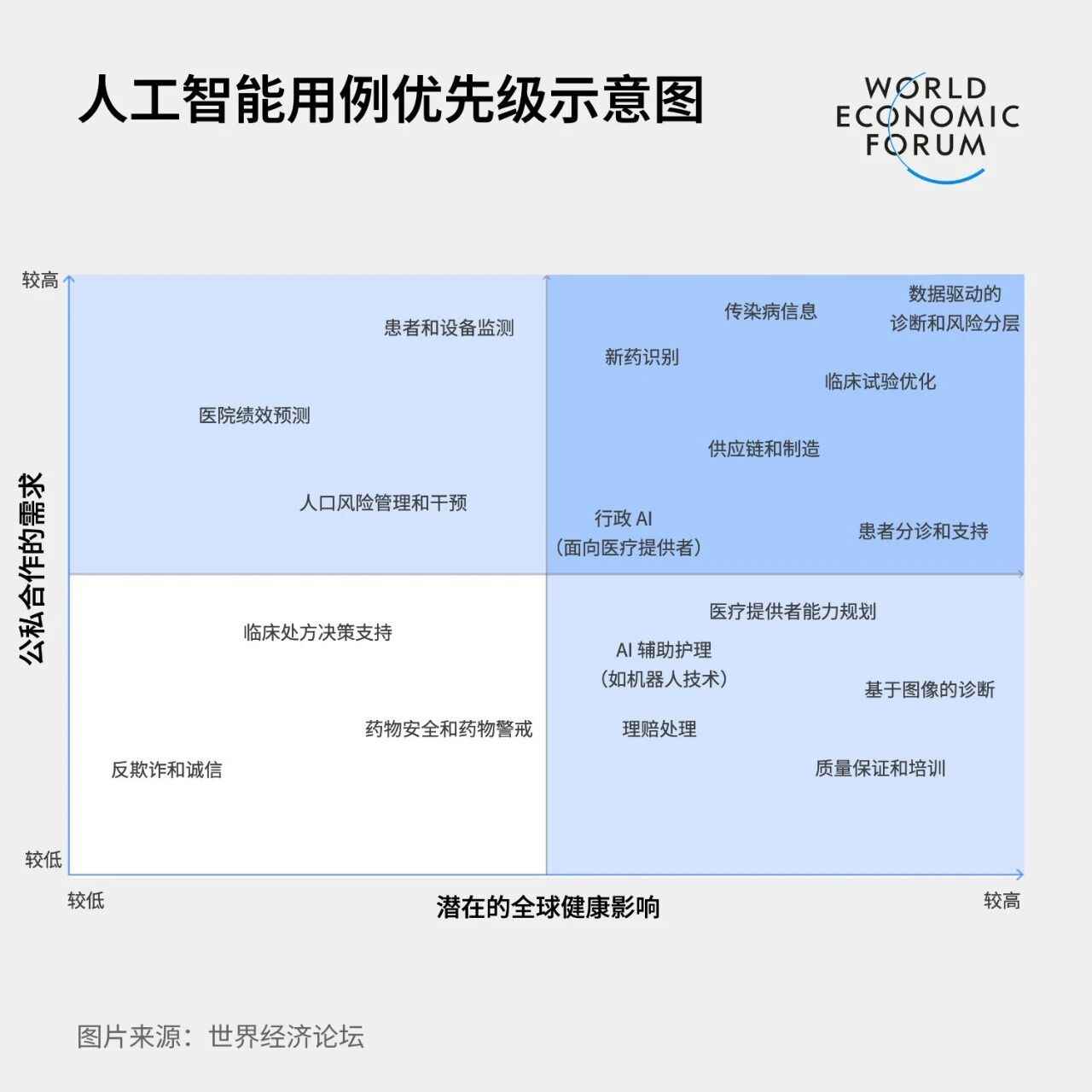Energy efficiency is a central component of the global climate transition. Without improving energy efficiency, we won’t be able to meet our growing energy demands.
Image source:Getty Images
Luo Haozhi
PwC Global Chairman
By 2050, the global population is expected to grow by 2 billion, while energy demand during the same period is projected to rise by 33%.
To meet energy demands over the coming decades, developing renewable energy sources is crucial. At the same time, improving energy efficiency must also be prioritized.
Reducing global energy consumption by 31% without sacrificing economic output is achievable, potentially saving over $2 trillion in energy costs annually.
The world is facing an "energy trilemma." Governments and businesses aim to deliver affordable energy, ensure supply security, and transition toward a sustainable energy system—yet these three goals may conflict with one another.For example, we’re not scaling up clean energy sources quickly enough to meet current energy demands, let alone anticipate future needs. By 2050, global energy demand is projected to rise by 33%. Even if we tripled renewable energy generation, we still wouldn’t be able to deliver sufficient, sustainable, and affordable energy to keep pace—potentially deepening our reliance on fossil fuels while driving up the time and financial costs of the transition.It’s exciting to know that there’s a simple way to help us achieve three goals at once—by improving energy efficiency.EnergyEffectThe Power of LeadershipPwC, together with the International Business Council (IBC) of the World Economic Forum, highlights that we can reduce global energy consumption by 31%—without sacrificing economic output—while simultaneously saving over $2 trillion annually in energy costs. Significantly improving energy efficiency will not only cut energy emissions substantially but also help the world meet the energy-use targets set under the Paris Agreement ahead of schedule.Additionally, for businesses, improving energy efficiency is a solid and affordable investment that’s both feasible and accessible. Companies across all markets and industries don’t need to wait for technological breakthroughs—they can immediately leverage cost-effective, existing technologies to boost their energy performance. For instance, simply turning off power to idle office equipment enabled PwC UK to reduce the carbon footprint of its building energy use by 77%.Enhancing energy efficiency across the entire economic systemEstimates suggest that, if sufficient energy efficiency measures are implemented by 2030, these current initiatives will pay for themselves within a decade. Coordinated global action on energy efficiency will not only boost economic growth and enhance productivity but also help advance the achievement of the goals set forth in the Paris Agreement.A favorable policy environment can significantly encourage improvements in energy efficiency. For instance, in Belgium, tax incentives for company-owned electric vehicles have positioned the country as a global leader in EV adoption. Meanwhile, in India, the government’s UJALA initiative is driving households and businesses to replace hundreds of millions of traditional light bulbs with highly energy-efficient LED bulbs. Key policies supporting this effort include large-scale bidding processes for procuring LED bulbs, partnerships with state governments and utility companies to distribute the bulbs, and even allowing consumers to pay for the bulbs directly through their electricity bills.Public-private partnerships can also help conserve energy, benefiting all parties involved. For instance, recovering thermal energy from factories can provide power to cities—PwC’s experience shows it could potentially supply up to 25% of a city’s electricity needs.With a growing focus on developing green energy supplies, we sometimes risk overlooking considerations on the demand side. Research from PwC and IBC reveals that 82% of companies discuss emission intensity at the board level, yet only 42% address energy intensity—defined as the amount of energy consumed per unit of output. This is an incorrect approach.By 2050, the global population is expected to grow by 2 billion, while global GDP is projected to double—driving a corresponding surge in energy demand. Relying solely on traditional energy supplies clearly won’t be enough to ensure energy security, affordability, and sustainability. Fortunately, significantly improving energy efficiency while simultaneously scaling up green energy solutions is entirely feasible—and can be achieved rapidly with high cost-effectiveness. This approach will deliver abundant, affordable clean energy, paving the way for sustainable global development in the 21st century.
The above content solely represents the author's personal views.This article is translated from the World Economic Forum's Agenda blog; the Chinese version is for reference purposes only.Feel free to share this in your WeChat Moments; please leave a comment below the post if you'd like to republish.
Translated by: Di Chenjing | Edited by: Wang Can
The World Economic Forum is an independent and neutral platform dedicated to bringing together diverse perspectives to discuss critical global, regional, and industry-specific issues.
Follow us on Weibo, WeChat Video Channels, Douyin, and Xiaohongshu!
"World Economic Forum"





